Premier Golf League Exclusive: "A Brilliant Model That Is Better For The Game"
If Andrew Gardiner’s ambitious Premier Golf League plans come to fruition, top-level professional golf will never be the same again. We find out more....
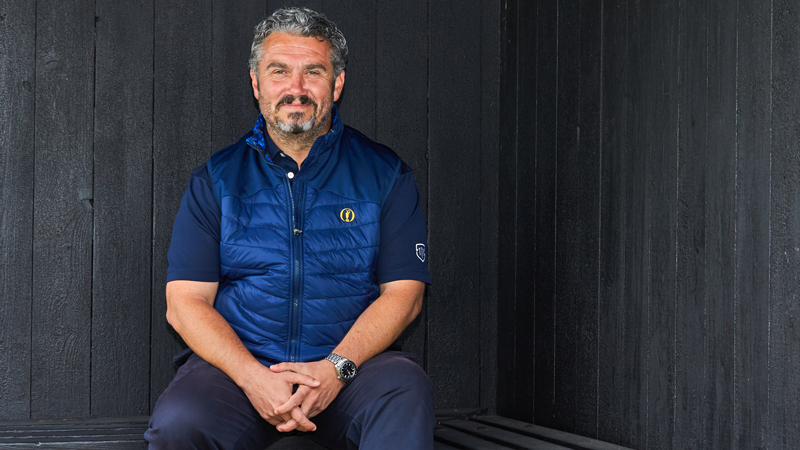

If Andrew Gardiner’s ambitious Premier Golf League plans come to fruition, top-level professional golf will never be the same again. We find out more....
If you were to start again from scratch with a blank sheet of paper, how would you structure top-level professional golf?
This is the kind of hypothetical question that sports fans debate for hours with their friends. Very few of them actually do anything about it.
The man photographed here is 49-year-old former corporate finance lawyer Andrew Gardiner, whose own conversations on this subject with his golfing friends have led to the creation of something more tangible: the Premier Golf League, a UK company that is proposing a revolutionary new format for competition at the highest level.
The basic idea is as follows: 18 three-round events with no cut spanning an eight-month season from January to August.
The league would comprise 48 players who would compete both individually and in teams throughout the season for prize funds that far outweigh what we currently see on tour.
By creating a new competition framework for the best players, whether they’re based in the US or elsewhere, Gardiner’s proposals guarantee the world’s elite going head-to-head more often, while also injecting an exciting team dynamic.
Get the Golf Monthly Newsletter
Subscribe to the Golf Monthly newsletter to stay up to date with all the latest tour news, equipment news, reviews, head-to-heads and buyer’s guides from our team of experienced experts.
In this exclusive interview, the man behind the Premier Golf League explains the concept, what fans can expect and how this new format could shape the future of professional golf.
What is the idea behind the Premier Golf League?
The concept, in its simplest form, is enabling me and other fans to watch the best players in the world play on a more regular basis.
It’s the kind of dream of any golf fan, I would suggest, to see those we really want to see week in, week out.
Why have you chosen to reduce the size of the field?
It’s in teams – 12 of them – with four players per team.
In fact, there were six players per team in the early days and that is the only change we’ve probably ever made – it was made at the request of a broadcaster.
At the time, I was thinking, ‘This is our format; why are you trying to change our format?’ Because 72 is the cut, it just made perfect sense.
They said, ‘Think about it this way. We can make global stars of 48 guys – properly global stars. We can focus in and create enough energy among that group, plus we can get them off in a shotgun format. We can have a five-hour broadcast window and, with that quality of field, we believe we can get people to watch from start to finish’.
And then, because you’ve got your fixed field, you’ve got the same guys you are building all your stories around.
At the moment we might have a brilliant story pop up in golf, and it may not then reappear for four or five weeks because the guys who created the story aren’t playing again in the same field.
How do you plan to combine the individual and team competitions?
Just like F1, where you’ve got drivers and manufacturers, we’ve got players and teams.
Every week, each player plays in exactly the same way as he does now – stroke play as an individual.
He gets his league standing and, after 17 events, he might be named the champion on the players’ side.
Then, on the team side, the team principal, who is the equivalent of Toto Wolff for Mercedes, has to pick the two scores that count towards the team score each day out of four players.
You’ve got to pick everybody once over the weekend.
How you get on over those 17 events is your league standing as a team.
Your league standing when you go into the play-offs [match play format], which is $20 million, winner takes all, is based on seeding.
So, the first four are through to the next round immediately, then you’ve got the number one seed always starting one up, and the highest seed gets to pick the team they play against and the order in which that team goes out.
Why did you want to include a team element?
I wanted the team component because of the Ryder Cup.
If you can bring any of the brilliance of the Ryder Cup into a more regular format, then it’s got to be a good thing.
It’s easier for a fan to have allegiance to a team than it is to an individual.
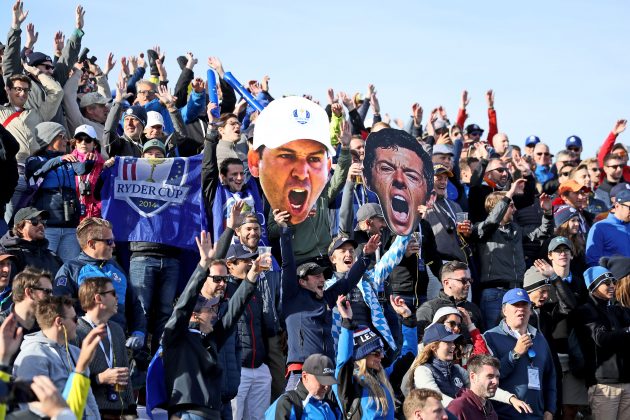
Some individuals can have it - that’s where Tiger was utterly brilliant because he was so dominant that you could fall in love with him as the dominant player, or you could be fascinated by him.
But what everyone else was doing was backing the underdog because everyone else was an underdog.
What he did was to ignite both sides.
You had one group who wanted to see him win everything and you had those who wanted someone else to win.
That dominance was part of his brilliance.
It was part of the commercial boost he gave to golf because he transcended it.
To see someone of that quality, you’ll tune in to do that.
Apart from picking the team, what is the role of the team principal?
On a day-to-day basis, you get to interview the team principal in the morning and say, ‘Who are you picking? Why did you pick him?’
Then you get to interview the players who weren’t picked and say, ‘You weren’t picked today; are you going to tell us about that?’
Or, ‘You were picked. How are you feeling?’
Then the proof is in the pudding because somebody the team principal picks might shoot 74, and someone he or she doesn’t pick might shoot 64.
Then you say, ‘Well, you got that wrong’.
That’s the sort of stuff I’d find fascinating.
Who are the team principals likely to be?
They are chosen by the team owners.
They will be representing the team as a brand as well.
They want to have a good knowledge of golf.
They want to be able to understand players.
They want to be able to talk to the players.

It doesn’t have to be somebody already legendary within the game, but there will be guys you would probably love to see involved – former players, or stars from another walk of life.
Ideally, it would be somebody you would enjoy watching, because you’re going to see them and they’re going to be representing a team.
Tell us about the idea behind the 13th team...
The 13th team is fan-picked.
You can get 51 players on to a course and still have a shotgun start, which goes to a two-tee start on Sunday so you still get the back-nine climax.
We always knew that we had space for one more team.
It was one of those things, again, where it had started as 12, and we had never really pushed ourselves to make the change.
Then, I was watching a player who I’ve watched since I was a lad playing rather well against some of the youngsters earlier this year, and I was thinking, ‘You can’t miss this. You’ve got to have this. We have to be able to see this if it happens’.
It’s a rarity when someone from 20 years ago is all of a sudden competing extraordinarily well.
We are not going to look to make any money out of this 13th team.
It will be owned by our Foundation for charitable purposes.
Three players will be picked each week by the fans.
We will come up with the list, but it could be a past legend who is back.
It could be a rookie. It could be a local hero, depending on where we are.
But it gives the fans the opportunity to get engaged.
You’ve said you’re willing to work with the tours. How?
You then come down to the final bit, which is the desire to gift half of the business to what we call ‘golf’s community’.
I always believed that golf would win out, sense would prevail and everyone would recognise that this is in the best interests of the game.
I believed that people would, therefore, find a way of coming together and making sure that the cake that is being created is shared on an equitable basis.
That is the stage we are now at.
We wrote and said, ‘We would like this to be a joint venture’.
There is a huge amount of value.
We will also make an annual contribution to the purse of the PGA Tour.
If you take the top 48 guys away from the PGA Tour, they win about 65 per cent of the purse every year anyway.
When you look at it that way, the balance are playing for far less than you think, because they’re not winning the bulk.
If you then top up purses, there is no reason why the earning opportunities for people continuing on the PGA Tour should be any less, and they will have the ability to automatically qualify for promotion because we are going to operate a relegation system.
There’s no closed shop.
And the teams – because they’re going to be highly competitive – are going to be looking for the best.
They could try to get you early, or they might have you come up through one of their academies, because most conversations relating to team ownership also involve operating an academy.
That’s brilliant because you then have a genuinely clear pathway, which doesn’t tend to exist in golf.
I know there are pathways, but not compared with football in the UK, even cricket.
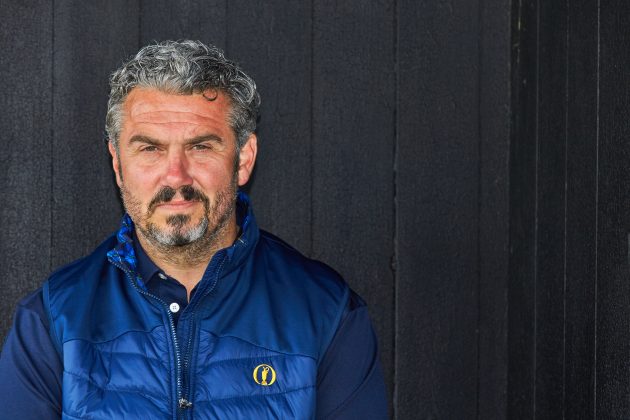
What were the key points that came out of your discussions with the players?
The three things that came out of it were: purses up; help us to know for sure that we aren’t going to get banned; and get OWGR to confirm that we will have ranking points.
If those three things are done, then we can make a decision.
Other elements were whether they fancied playing three days instead of four.
Think of the strain on their bodies.
I played three rounds last week on consecutive days and was broken.
I was thinking, ‘Fair play. The physical strain you are putting on your body’.
The idea of four months off was incredibly powerful, because you don’t tend to see the best players in the world play from September, unless you have a Ryder Cup.
They’re not playing a lot from September to January anywhere, but on the existing basis, if they’re not playing, they’re falling behind.
When they do become active again, they’re a long way down the rankings.
It does often rebalance, but the idea of officially having four months off was extraordinarily attractive.
You say you plan to work closely with the women’s game. Are you able to tell us more about those plans?
We’ve suggested to the women’s side of the game that we should turn each event into a two-week festival of golf.
The LPGA Tour is brilliantly run.
Mike Whan did a fantastic job and everybody acknowledges that.
But the prospect of being able to play on the same course as the men the week before, where we are spending an average of $13.5 million on our staging rights – a lot of money, and that excludes the purse – means you are going to get a brilliant event.
Where will the events be played?
It’s become less global because of player feedback.
It was ten and eight – ten in the US and eight outside.
It’s now gone to 12 in the US.
We’ve had discussions about which parts of the world they prefer to be in.
At the moment it’s 12 US, one Australia, one Middle East – which can be a swing in itself at the start of the season – two in Europe and two in Asia. That was the original eight, and there will be very strong competition among different parts of the world.
We want it to be a worthwhile thing to be a winner of the league.
When players look back on their careers, they can say, ‘We played the best in the world, week in, week out, 18 times in a season, in different climates and set-ups’.
And if you win over that schedule, then you genuinely are a worthy winner.
I don’t want to say World Champion or Champion Golfer because every bit of terminology in golf is already used – every hyperbole you can come up with.
But just be a worthy winner.
It’s never going to be up there with, ‘I’ve won three Majors’, but it should be recognised that it’s a proper test of golf and if you were to ever beat those guys across that mix, then you were the best.
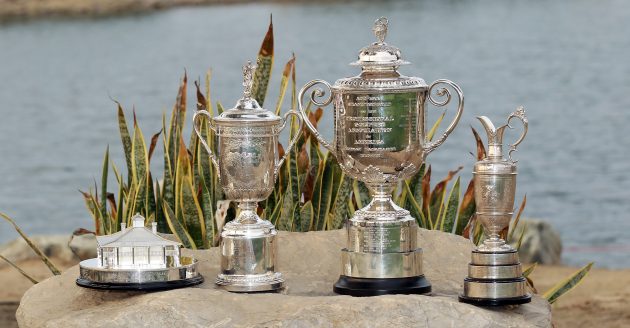
Tell us how you are planning to engage junior golfers?
The final bit that we have added over the last nine months is a junior event on the Tuesday, where 48 golfers aged between 12 and 18 will compete on behalf of the teams on the same course, with the ability to go into the team bays.
If you are a young golfer, it will be an extraordinary and exciting opportunity, and if you play particularly well, then you get some very exciting stuff to do at the end of the season.
What is the envisaged timeframe?
If we get collaboration, it will be January 2023.
If not, then it will possibly be longer-term.
Our day-to-day operations are putting in place documentation and going out to team owners and host venues in a nice glossy hardback that starts the process.
We’ve already been through very lengthy discussions with broadcasters.
We know exactly what our rights are worth, and we know that demand will exceed supply.
So, everything can come together very quickly if we have collaboration.
If we don’t, then there are probably other avenues.
I want the members of the various tours to know what value is on offer so they can make up their own minds.
If it doesn’t happen – a collaboration at an organisational level – then we’ll say, ‘We perfectly understand why you don’t want to engage’, but we still want those who really matter to us to understand what we are doing, why we are doing it and how they can benefit from it.
There’s nothing to fear in that conversation.
This is a brilliant model that is better for the game and better for everyone who is currently in the game of golf.
Premier Golf League - What you need to know
Here are the key details about what fans could expect from the Premier Golf League.
- Individual and team competitions running in parallel over 18 weeks from January to August.
- Twelve events in the US, six outside. Three-round tournaments with no cut. Shotgun start on days one and two; two-tee start on final day.
- Player Championship: traditional stroke play format, $20 million purses plus bonuses. Each week, the individual winner will take home $4 million.
- Team Championship: 12 teams of four. Two scores to count per team, per day.
- Team Championship finishes in week 18 with a match play format – $20 million, winner takes all.
- The 13th team: three players per week to be picked by the fans and owned by the PGL Foundation

In July 2023, Neil became just the 9th editor in Golf Monthly's 112-year history. Originally working with the best coaches in the UK to produce instruction content, he has also presented many Golf Monthly videos looking at all areas of the game from Tour player interviews to the rules of golf.
Throughout his time with the brand he has also covered equipment launches that date back well over a decade. He clearly remembers the launch of the Callaway and Nike square drivers as well as the white TaylorMade driver families, such as the RocketBallz! If you take a look at the Golf Monthly YouTube channel, you'll see his equipment videos dating back over a decade! He has also conducted 'What's In The Bag' interviews with many of the game's best players like Rory McIlroy, Dustin Johnson and Jon Rahm. Over the years, Neil has tested a vast array of products in each category and at drastically different price-points.
Neil is currently playing: Driver: TaylorMade Stealth Plus Fairway Wood: Titleist TSR2 Hybrid: Titleist TS3 Irons: PING Blueprint S (4&5), PING Blueprint T (6-PW) Wedges: Titleist Vokey SM7 50˚, 54˚, 60˚ Putter: Odyssey Triple Track Ten Ball: Titleist Pro V1X
-
 Volvo China Open 2025 Picks, Odds And Predictions
Volvo China Open 2025 Picks, Odds And PredictionsFollowing a break for The Masters, the DP World Tour returns for the final two weeks of its Asian Swing and the Volvo China Open is the penultimate event
By Jonny Leighfield
-
 Rory McIlroy's Sports Psychologist Explains Why He 'Didn't Talk' To Bryson DeChambeau In Masters Final Round
Rory McIlroy's Sports Psychologist Explains Why He 'Didn't Talk' To Bryson DeChambeau In Masters Final RoundDeChambeau raised eyebrows at Augusta National when claiming that McIlroy wouldn't engage in conversation during the final round of The Masters
By Jonny Leighfield
-
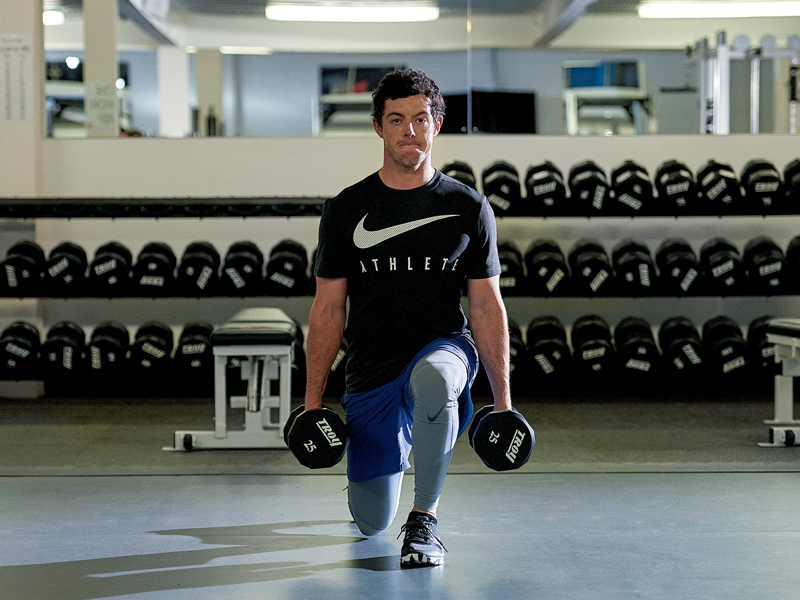 Rory McIlroy Gym Routine... Revealed!
Rory McIlroy Gym Routine... Revealed!In this Rory McIlroy Gym Routine article we discover how the Northern Irishman keeps himself so fit
By Neil Tappin
-
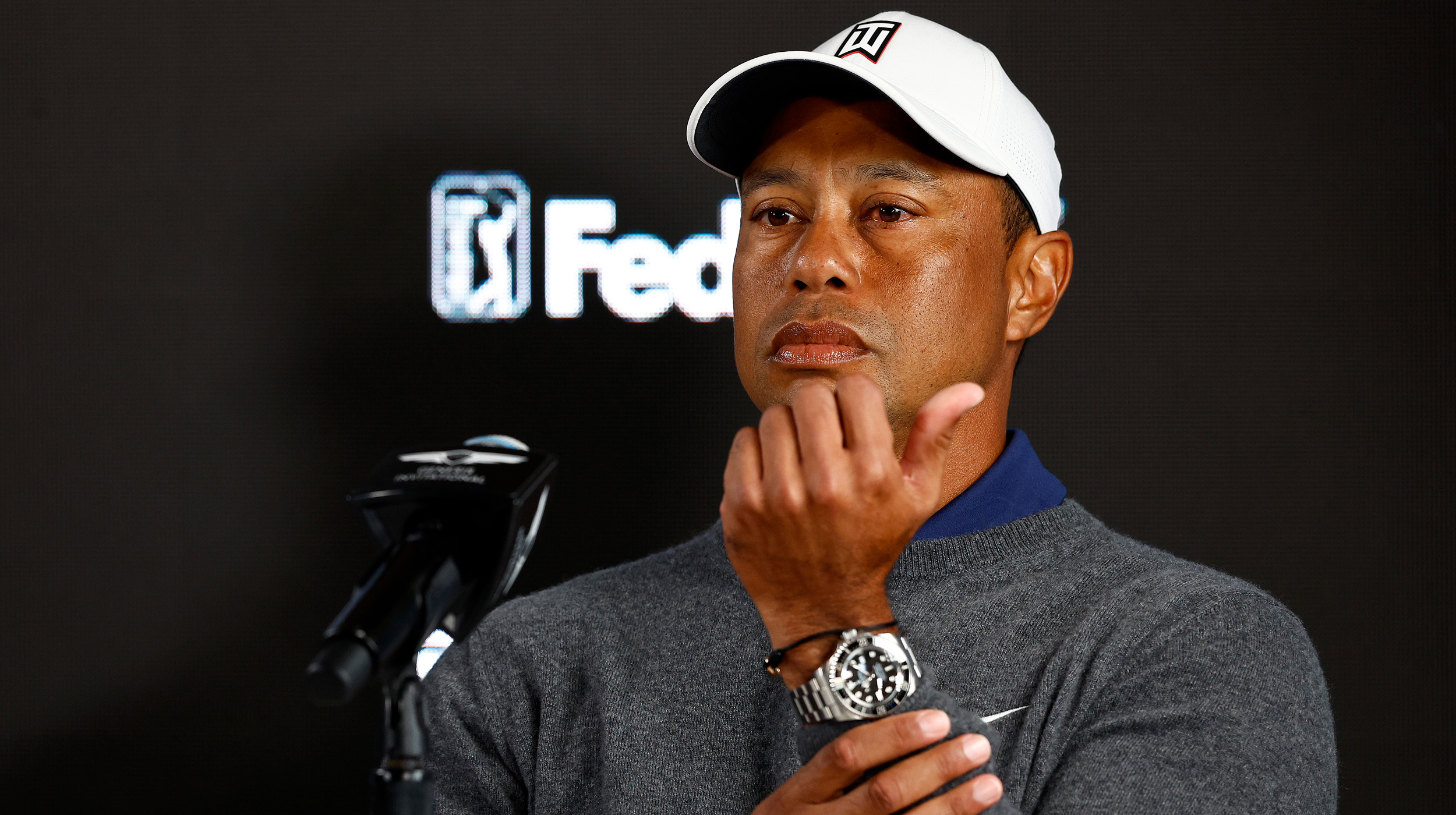 What Is Tiger Woods' Net Worth?
What Is Tiger Woods' Net Worth?Tiger Woods became the first billion dollar athlete in 2009
By Elliott Heath
-
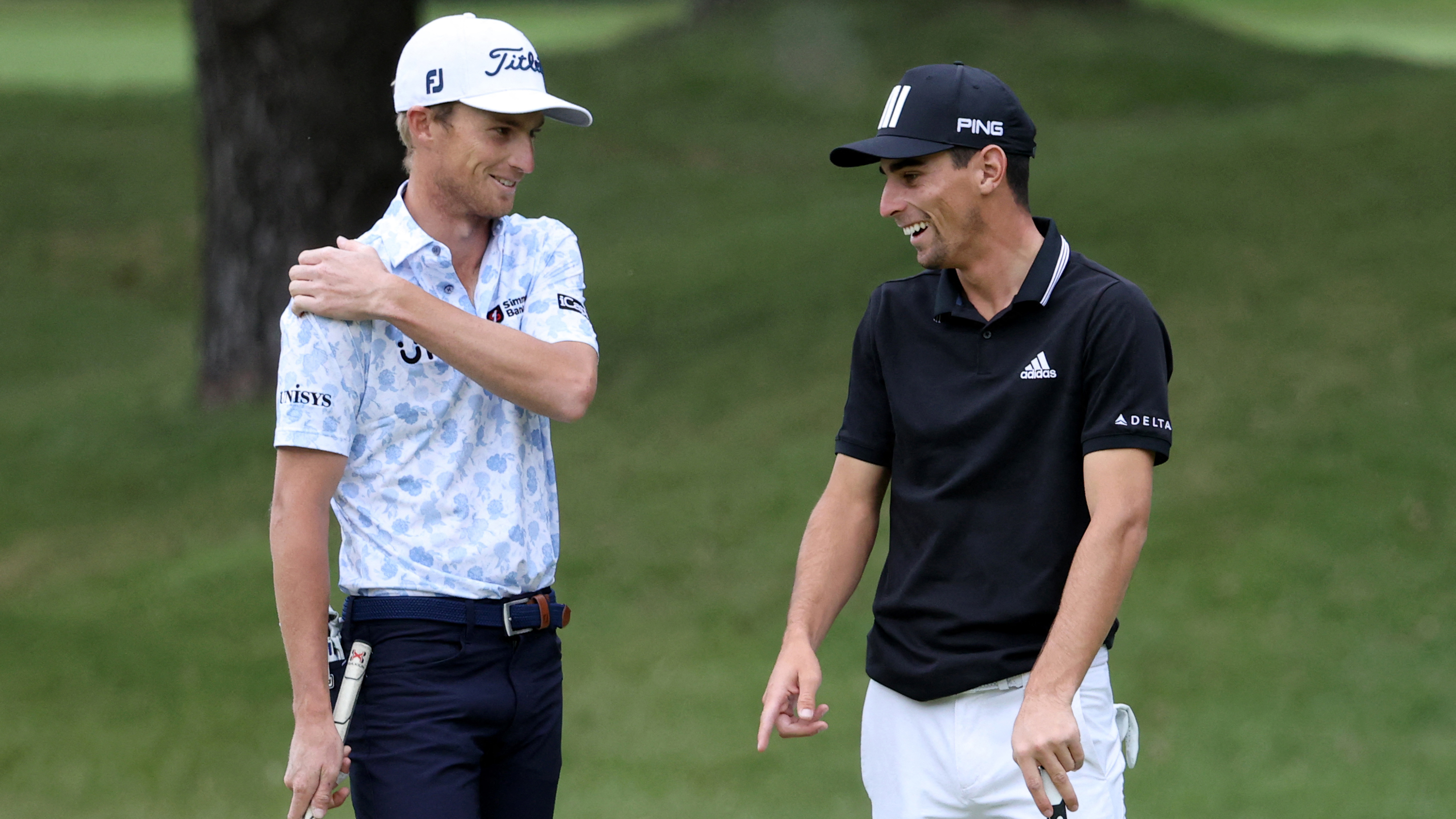 Five Outsiders Who Could Win The Masters
Five Outsiders Who Could Win The MastersWe consider five players who might surprise the favourites and claim victory at Augusta
By Fergus Bisset
-
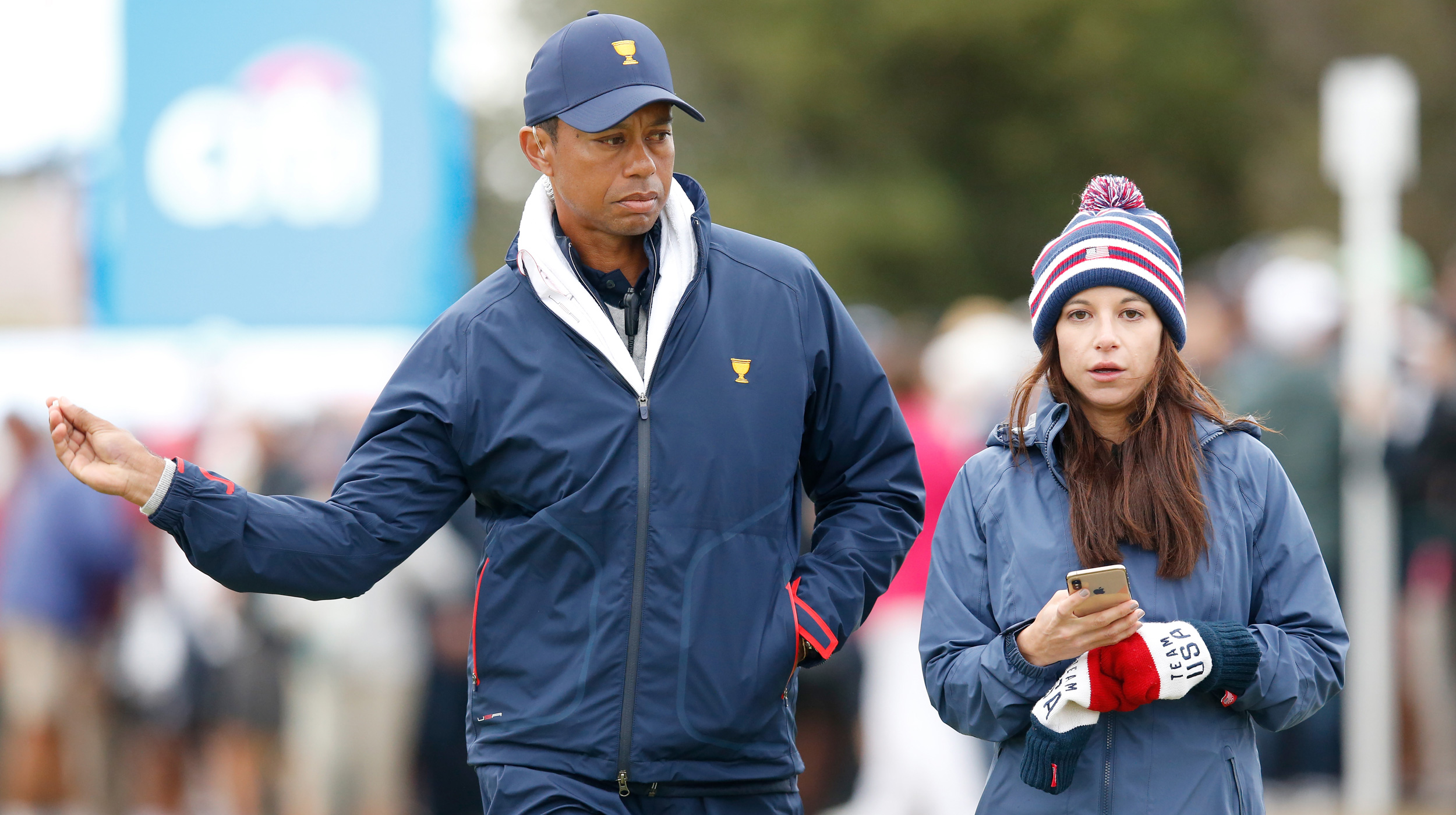 Who Is Tiger Woods’ Girlfriend?
Who Is Tiger Woods’ Girlfriend?Find out more on who the American professional golfer is going out with here.
By Matt Cradock
-
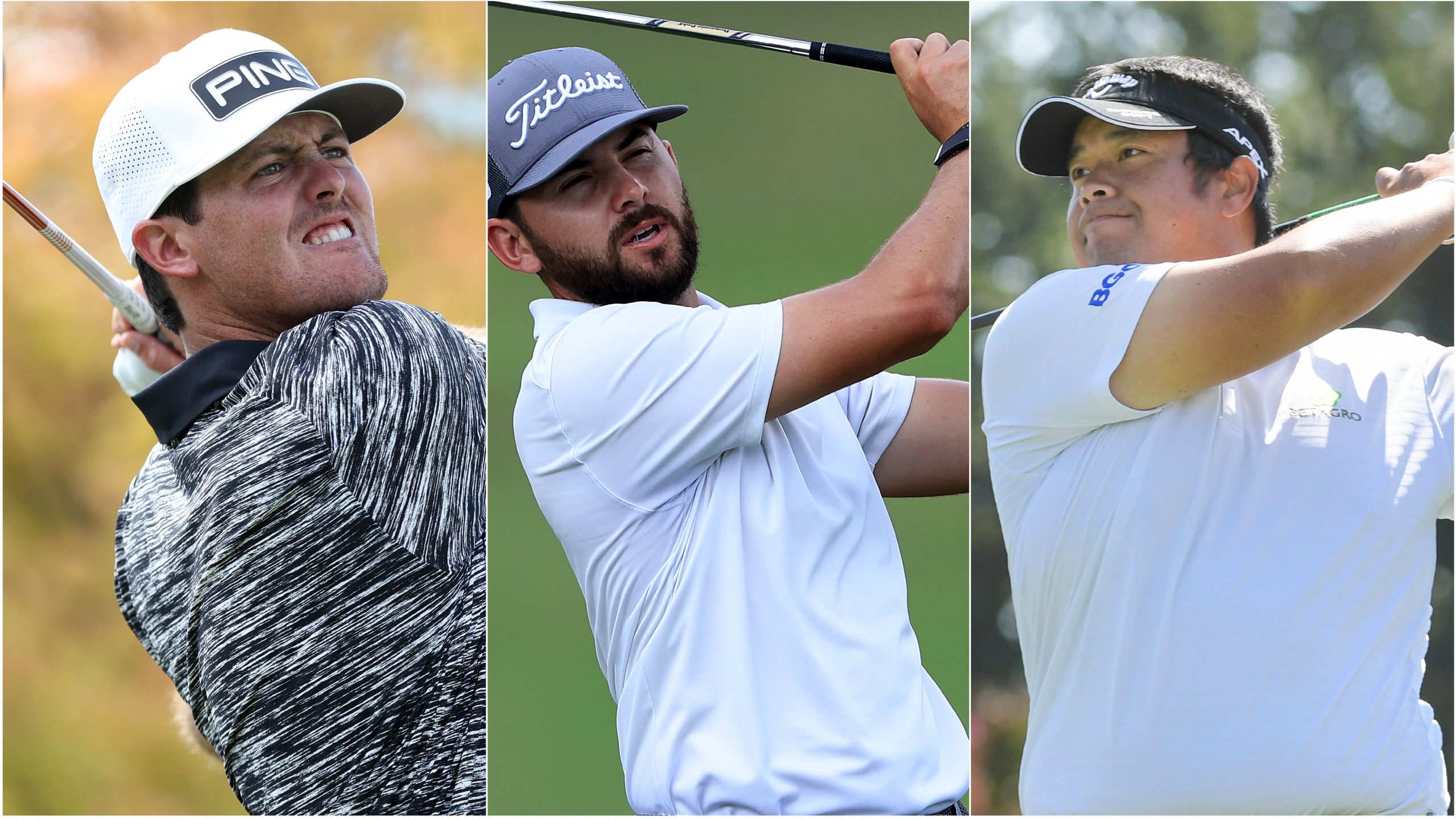 Bermuda Championship Golf Betting Tips 2021
Bermuda Championship Golf Betting Tips 2021Who is the GM Tipster backing to win this week in Bermuda?
By Jeremy Chapman
-
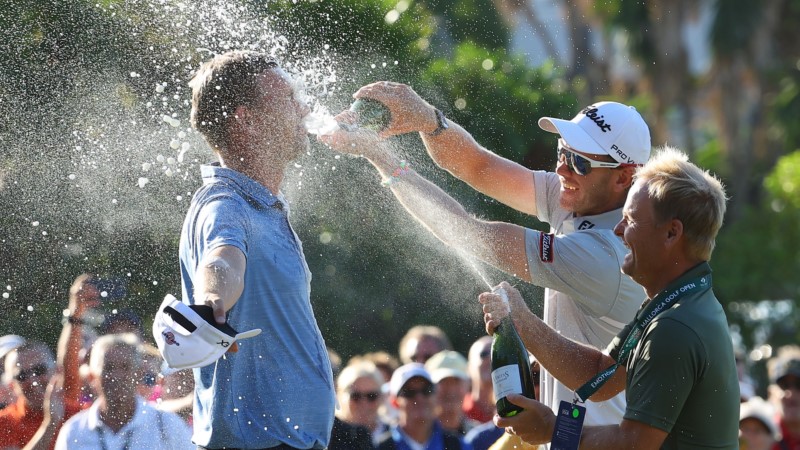 Jeff Winther Claims Maiden European Tour Title
Jeff Winther Claims Maiden European Tour TitleJeff Winther Claims Maiden European Tour Title
By Matt Cradock
-
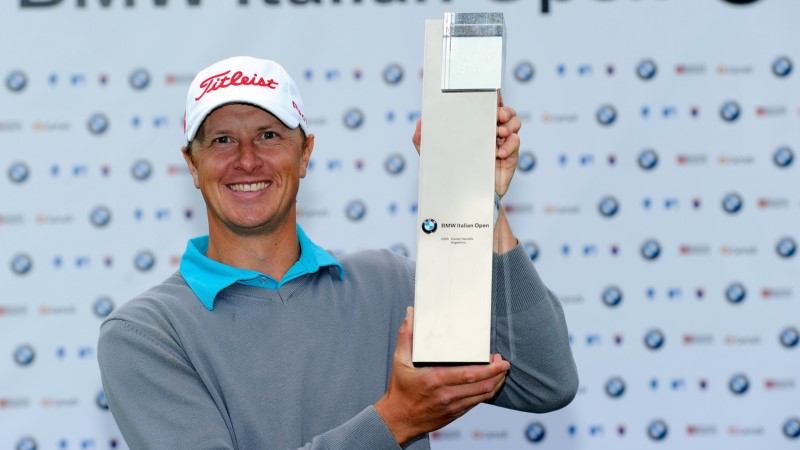 Fredrik Andersson Hed Passes Away Following Battle With Cancer
Fredrik Andersson Hed Passes Away Following Battle With CancerFredrik Andersson Hed Passes Away Following Battle With Cancer
By Matt Cradock
-
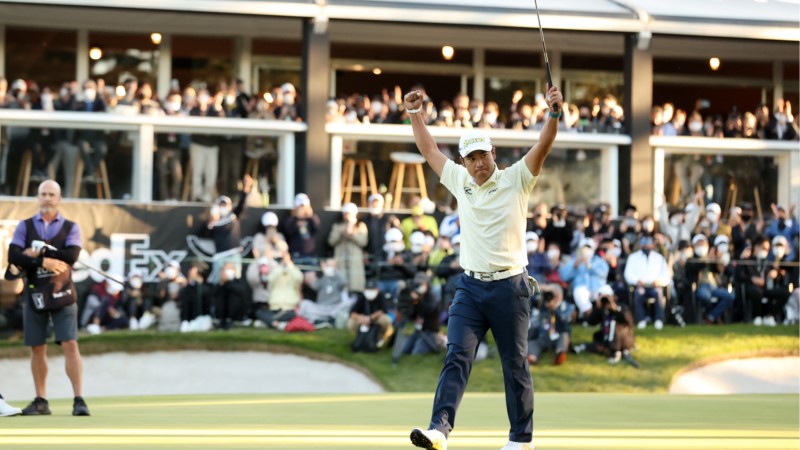 Hideki Matsuyama Claims Zozo Championship On Home Soil
Hideki Matsuyama Claims Zozo Championship On Home SoilHideki Matsuyama Claims Zozo Championship On Home Soil
By Matt Cradock